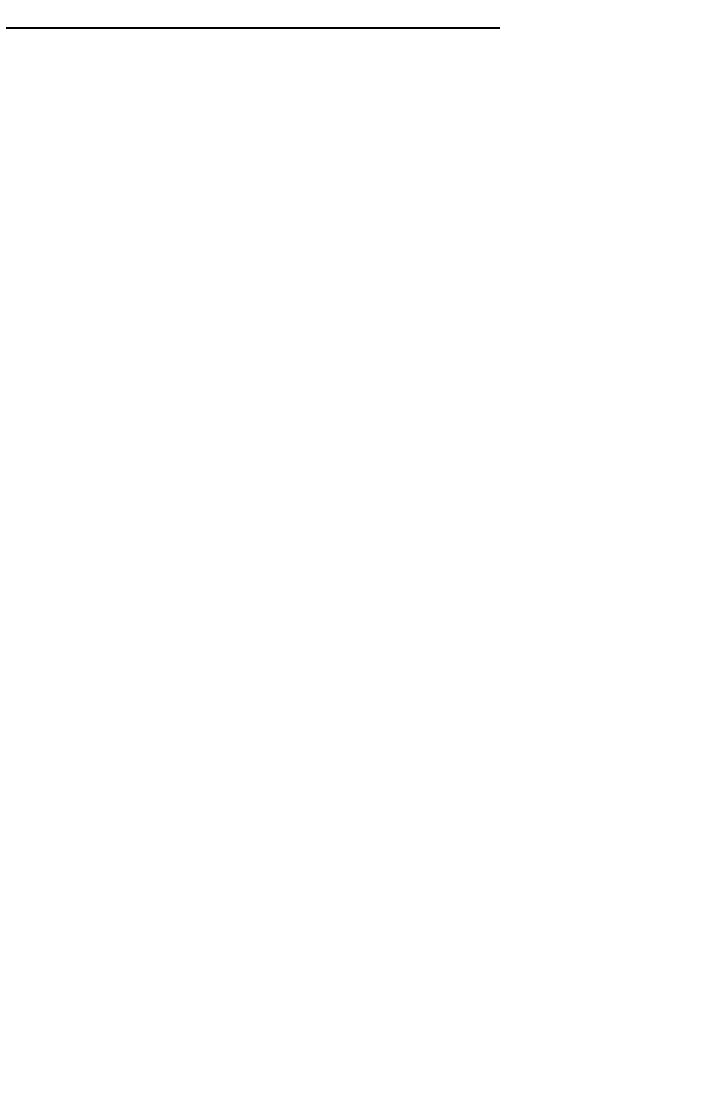
CT255 • 17
CT255 THERMOMETER ASSEMBLY INSTRUCTIONS
Although we know that you are anxious to complete the assembly of your
binary thermometer kit, it is best to follow the numbered assembly steps when
building. Try to avoid the urge to jump ahead installing components.
Since you may appreciate some warm-up soldering practice as well as a
chance to put some landmarks on the PC board, we’ll first install some of the
larger components. This will also help us to get acquainted with the up-down,
left-right orientation of the circuit board. Remember that the majority of the
components will be mounted on the component side of the circuit board and
soldered on the solder side of the circuit board, the side that contains the
printed circuit traces. Have a look at the component layout diagram to help
with your assembly.
Use the boxes to check off your progress.
Check all received parts against the Parts list on page 15. The parts list
describes the various markings that may be found on the kit parts. Carefully
sort the parts into small piles, if helpful (an egg tray does nicely for this) to aid
in finding the correct part at the required time.
Although not necessary, you may install IC sockets in the U1 and U2 position.
Today's ICs have achieved remarkable performance levels and it is extremely
unlikely that any of your chips will have problems, however, we know that
some of our hobbyists insist on socketing all IC components. The addition of
these will not “void” your warranty, but if a problem arises from a socketed
component you will be required to pay the additional technician fee for labor in
the repair of your kit, if necessary.
Now we will build the power supply portion of the circuit. We use a 7805
voltage regulation circuit to provide for a clean, trouble-free voltage source for
the binary thermometer. It is critical that the power source be free of noise and
any hum for proper operation of the kit.
1. Identify and install power connector J2 towards the rear of the printed
circuit board. Gently slide the leads through the circuit board until the
connector is flush to the printed circuit board, with the connection hole
facing towards the outside of the kit, and solder all three connections.
Use enough heat to flow the ground connection completely; this may take
a little while depending on the wattage of your soldering pencil. Use
caution when soldering the other two leads so that too much time or heat
is not applied. It may cause the printed circuit trace to lift away from the
circuit board.
2. Identify D10, the 1N4002 diode (black with white band). Install as
shown in the parts placement diagram, noting the proper orientation of the
polarity band (D10 is adjacent to the power input connector you just


















